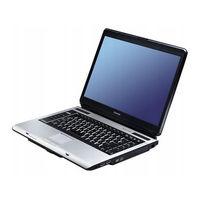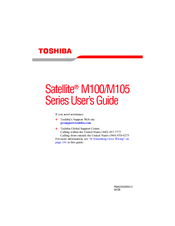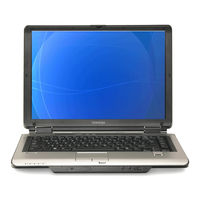Toshiba Satellite M100 Series Manuals
Manuals and User Guides for Toshiba Satellite M100 Series. We have 10 Toshiba Satellite M100 Series manuals available for free PDF download: User Manual, Maintenance Manual, Manual Del Usuario, Resource Manual, Specifications
Advertisement
Toshiba Satellite M100 Series User Manual (262 pages)
Toshiba Online User's Guide for Satellite M105
Table of Contents
Advertisement
Toshiba Satellite M100 Series Resource Manual (60 pages)
Toshiba MP3 Player Resource Guide
Table of Contents
Toshiba Satellite M100 Series Specifications (2 pages)
Toshiba Laptop Brochure
(Spanish) Toshiba Satellite M100 Series Manual Del Usuario (237 pages)
User's Guide for Satellite M105/M100 (Spanish) (Español)
Table of Contents
Advertisement









